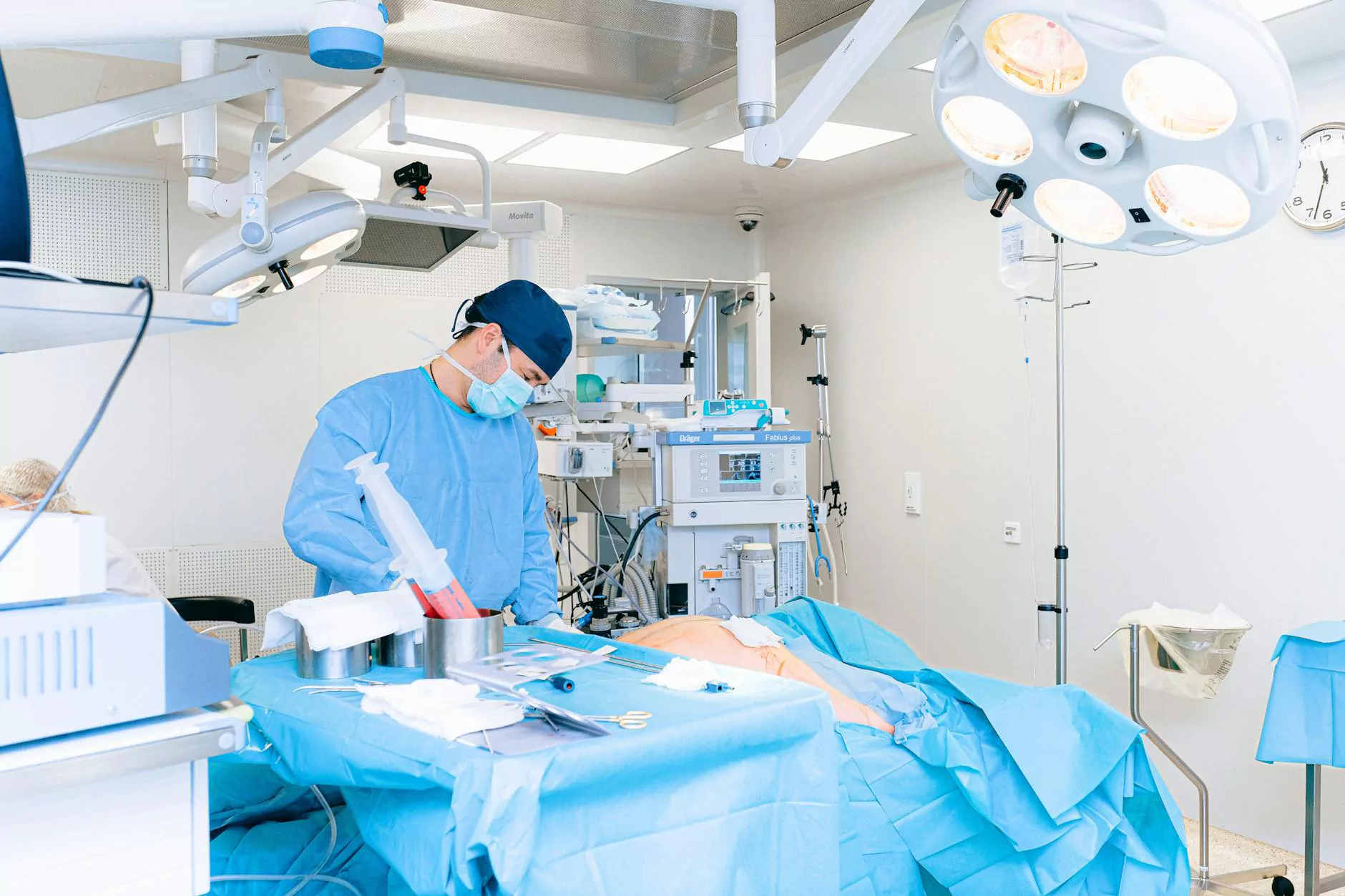Understanding Salpingo Oophorectomy Bilateral: A Comprehensive Guide

Salpingo oophorectomy bilateral is a medical procedure that entails the surgical removal of both fallopian tubes and ovaries. This significant operation plays a critical role in the treatment and management of various health conditions affecting women. In this extensive article, we delve into the details of this procedure, its indications, benefits, and recovery, to provide a clear understanding of what to expect.
What is Salpingo Oophorectomy Bilateral?
To comprehend the procedure, let's break down the term salpingo oophorectomy bilateral. The word "salpingo" refers to the fallopian tubes, while "oophorectomy" denotes the removal of the ovaries. The term "bilateral" indicates that the surgery is performed on both sides. Thus, this operation involves the extraction of both fallopian tubes and both ovaries, making it a significant choice in various clinical situations.
Indications for Performing a Bilateral Salpingo Oophorectomy
Numerous reasons may lead a physician to recommend a bilateral salpingo oophorectomy, including:
- Ovarian Cancer: In cases where cancer is confirmed or highly suspected, this surgical intervention may be necessary to remove cancerous tissues and prevent metastasis.
- Endometriosis: This painful condition often necessitates surgery when conservative treatments fail. Removing the ovaries and fallopian tubes can alleviate symptoms.
- Ovarian Cysts: Large or recurrent ovarian cysts that cause complications or discomfort may require surgical removal.
- Genetic Predisposition: Women with BRCA1 or BRCA2 gene mutations or a strong family history of ovarian cancer may choose this surgery as a preventive measure.
- Pelvic Inflammatory Disease (PID): Severe or recurrent PID can lead to complications that justify this surgical approach.
The Surgical Procedure: What to Expect
Pre-operative Considerations
Before the surgery, extensive discussions regarding the patient's medical history, surgical options, and potential risks are vital. An evaluation may include:
- Comprehensive Physical Examination: A thorough assessment of the patient's health status.
- Imaging Tests: Ultrasound or CT scans may be performed to evaluate the condition of the ovaries and fallopian tubes.
- Blood Tests: To measure hormone levels and assess overall health.
The Surgical Procedure
Salpingo oophorectomy bilateral is typically performed through minimally invasive laparoscopic surgery. The following steps outline the general process:
- Anesthesia: The patient is placed under general anesthesia to ensure comfort.
- Incisions: Small incisions are made in the abdomen to allow the insertion of a laparoscope and surgical instruments.
- Removal: The fallopian tubes and ovaries are carefully detached from surrounding tissue and removed.
- Closure: The incisions are closed with sutures or surgical glue.
Benefits of Bilateral Salpingo Oophorectomy
While any surgical intervention carries risks, the benefits of a salpingo oophorectomy bilateral can be substantial, particularly concerning women's health. Some key advantages include:
- Reduced Cancer Risk: For those with a family history or genetic predisposition, this procedure dramatically decreases the likelihood of developing ovarian cancer.
- Relief from Symptoms: Patients suffering from endometriosis or chronic pain may find significant relief after the surgery, improving their quality of life.
- Improved Fertility Options: In conjunction with other treatments, this surgery may offer better reproductive health management.
- Hormonal Regulation: After the removal of ovaries, hormone therapy can be administered to help manage menopausal symptoms.
Risks and Considerations
Like any surgical procedure, a bilateral salpingo oophorectomy carries potential risks. These include:
- Infection: The risk of postoperative infection must be carefully monitored.
- Blood Clots: Patients may be at increased risk for deep vein thrombosis (DVT).
- Hormonal Changes: Removal of the ovaries can lead to immediate menopause, which may entail uncomfortable symptoms.
- Surgical Complications: As with any surgery, there are risks of anesthesia complications and other surgical issues, such as bleeding and injury to surrounding organs.
Recovery After the Surgery
Post-operative recovery is crucial for ensuring success and minimizing complications. Here are some aspects patients should consider:
- Hospital Stay: Most patients can go home within a day or two after the surgery.
- Rest and Care: Ensuring adequate rest and following the doctor's care instructions is essential.
- Pain Management: Pain relief will be prescribed as needed using medications.
- Follow-Up Appointments: Regular visits with the healthcare provider are critical for monitoring recovery progress.
Living After a Bilateral Salpingo Oophorectomy
Post-surgery, patients may encounter changes in their physical and emotional well-being. However, numerous strategies can assist in adjusting:
- Hormone Replacement Therapy (HRT): Discuss with your doctor to alleviate menopausal symptoms.
- Diet and Exercise: Maintaining a healthy lifestyle can enhance recovery and overall well-being.
- Support Groups: Engaging with support communities can provide emotional assistance and encouragement during recovery.
Conclusion: The Importance of Informed Decision-Making
Ultimately, a bilateral salpingo oophorectomy is a serious yet sometimes necessary surgical option in women's healthcare. It is vital for patients to engage in detailed conversations with their healthcare providers to understand their situation and explore all options thoroughly. Making informed decisions can lead to better outcomes and improve quality of life.
For more information about salpingo oophorectomy bilateral and to discuss your specific needs, visit Dr. Seckin's website for expert care and guidance in women's health.



